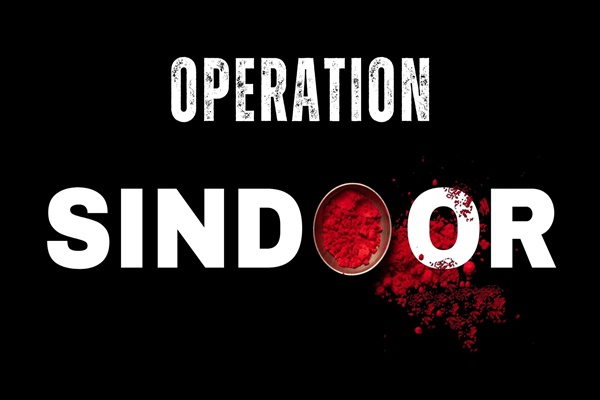
In societies where socioeconomic hierarchies prevail, ascending to the upper middle-class signifies a significant achievement. It embodies a level of financial stability, comfort, and social recognition that many aspire to attain. However, what specific benchmarks delineate this status? Let’s delve into the 12 telltale signs that signal one has entered the realm of the upper middle class.
- Homeownership in Desirable Neighborhoods: Owning a residence in a well-established, affluent neighborhood stands as a hallmark of upper middle-class status. These locales often boast superior amenities, reputable educational institutions, and a palpable sense of security owing to low crime rates and well-maintained surroundings.
- Multiple Streams of Income: Beyond the confines of a stable job, individuals in the upper middle class typically cultivate diversified income streams. These may encompass investments, rental properties, or ventures in entrepreneurship. Such financial acumen not only ensures a comfortable lifestyle but also facilitates prudent future planning.
- Advanced Education: While a collegiate degree has become increasingly ubiquitous, the upper middle class distinguishes itself through a predilection for advanced degrees or specialized certifications. Education serves as a conduit to lucrative employment opportunities and avenues for professional advancement, solidifying one’s status within this stratum.
- Luxury Vehicles: While ostentation may not be the objective, ownership of upscale automobiles like BMWs, Audis, or Lexus models is emblematic of upper middle-class standing. These vehicles epitomize both quality and status, subtly signaling one’s socioeconomic position.
- Worldly Travel: Travel transcends mere leisure for the upper middle class, morphing into an avenue for cultural immersion and intellectual enrichment. International jaunts afford opportunities to explore diverse cultures, cuisines, and landscapes, often accompanied by stays in upscale accommodations that mirror their refined tastes.
- Membership in Exclusive Clubs: Access to exclusive enclaves such as country clubs, golf clubs, or private social organizations serves as a tangible marker of belonging to a privileged social stratum. These memberships underscore one’s social cachet and facilitate networking opportunities within influential circles.
- Hobbies: Pursuing varied hobbies is a hallmark of the upper middle-class lifestyle. From sports and fitness activities to cultural pursuits and leisurely pastimes, members of this class engage in a diverse range of interests.
- Social Status: A prominent feature of the upper middle-class is their esteemed social standing. They often enjoy extensive social networks, hold influential positions within their communities, and garner respect from peers and associates.
- Private School Education for Children: Prioritizing the educational trajectory of progeny, upper middle-class families invest substantially in private schooling. These institutions typically offer superior academic standards, smaller class sizes, specialized programs, and a plethora of extracurricular activities, ensuring a holistic developmental experience for children.
- Health and Wellness Investments: Vigilant about holistic well-being, the upper middle class invests in health and wellness initiatives beyond mere physical fitness. Gym memberships, organic dietary choices, and regular medical check-ups underscore a proactive approach toward preventive healthcare, ensuring longevity and vitality.
- Home Renovations and Interior Design: Beyond the mere acquisition of property, homeowners in the upper middle class prioritize the aesthetic enhancement of their abodes. Renovations, bespoke interior design services, and investment in high-end furnishings epitomize a commitment to creating personalized sanctuaries reflective of their discerning tastes.
- Philanthropy and Community Involvement: Intrinsic to the ethos of the upper middle class is a profound sense of social responsibility and altruism. Engaging in philanthropic endeavors, whether through monetary contributions, volunteerism, or participation in fundraising initiatives, underscores a commitment to effecting positive societal change and ameliorating disparities.
While these markers serve as tangible indicators of upper middle-class status, it is imperative to acknowledge that true wealth transcends material possessions. Values such as integrity, empathy, and meaningful interpersonal connections constitute the bedrock of a fulfilling existence, irrespective of socioeconomic standing. Ultimately, the attainment of upper middle-class status should not be an end unto itself but rather a means to foster a purposeful and enriching life imbued with personal fulfillment and societal betterment.






